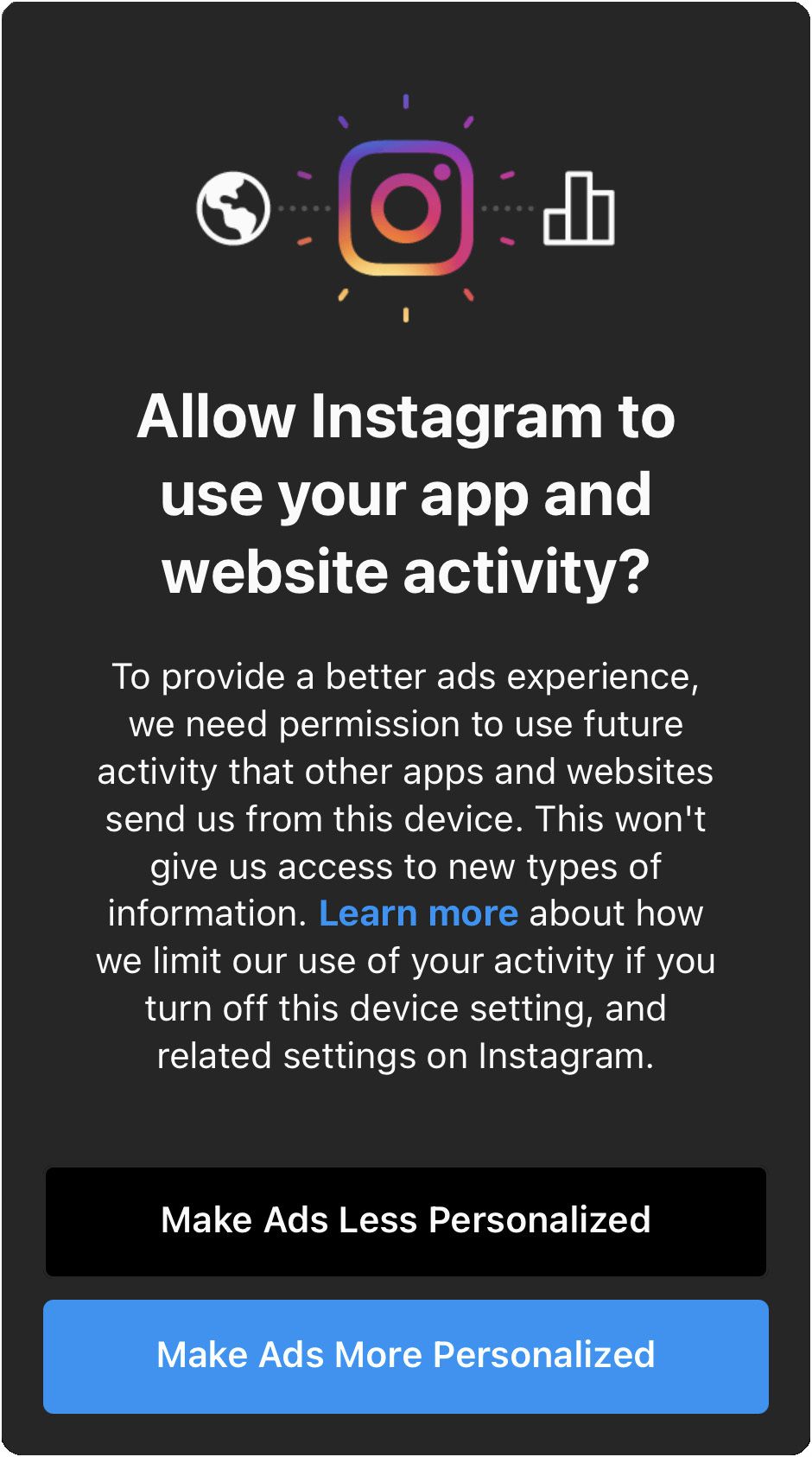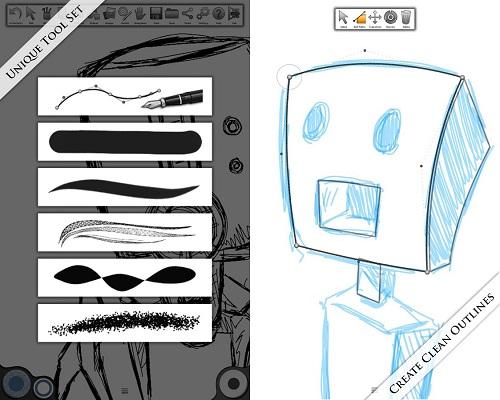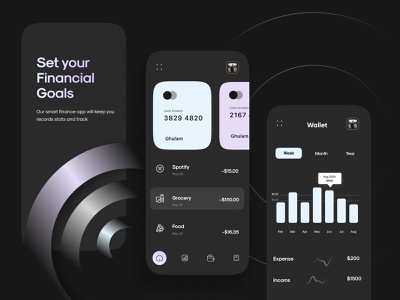
There are some principles that must be considered when designing for mobile phones. These principles include predictability, legibility and visual weight. They also help to avoid error conditions. These principles make it easy for users to not get frustrated and keep their patience. They will appreciate the convenience of simple functions, such as setting an alarm, and will not want to spend more time to complete the task. Mobile users will also appreciate simple features like the ability to quickly access content without needing to navigate through complicated menus.
Predictability
Predictability refers to the ability to predict future events. Predictability is a crucial component of experience. It increases the perception of a company and, ultimately, drives sales growth. McDonalds was successful because it offered the same food and customer service worldwide. Because there was only one US McDonald's store open every day, it was possible to offer the same predictable experience each time.
Predictability makes it easier for customers to enjoy their product experiences. Predictability decreases mental effort and increases a sense security. For example, flow control should work in the same manner throughout the product. Visual and functional consistency increases usability and enhances learning. Internal consistency also encourages users use new features.
Legibility
Mobile design has one of its key principles: legibility. This means text and symbols must be easily distinguished. Designers need to consider the contrast between dark and lighter text colors in order to make sure that mobile device text is legible. According to the Web Content Accessibility Guidelines, the ratio of large text to dark background should be no less than 4.5:1. WebAIM Contrast Checker helps designers make sure that their mobile designs have legible text.

The screen size of smartphones is small, so it's essential to make content easier to read. It is important to use fonts that are large enough for you to read the text without having to zoom in. It's also important to use whitespace and make the interface visually appealing. The more space a mobile user has, they will be more likely to read the text.
Visual weight
The concept of visual weight is one of the design principles for mobile design. Visual weight is the weight relative to other design elements. This may be obvious as larger objects can appear heavier than smaller items. A certain color may also appear heavier than the others. The visual weight of a design element is also related to its symmetry. To achieve balanced design, it is important to have the same weight in all elements.
Visual weight is a key design principle. It creates a visual hierarchy that guides the user. By applying it appropriately, you can create a cohesive design that makes it easier to use the product.
Avoiding error conditions
It is vital to avoid errors in mobile design. Errors can cause frustration and friction, so it is crucial to reduce them. Errors can be caused by user errors or app malfunctions. You need to be aware of your limitations so that your mobile app works as well as it can.
It should be easy to differentiate errors from normal input fields. This allows users to quickly identify mistakes. Also, an error in the UI will be interpreted to mean that the feature is disabled. Therefore, it is essential to clearly indicate the error condition.

Creating a seamless experience
Smartphone users have become increasingly dependent on mobile devices. This means they demand mobile experiences that are more intuitive and user-friendly. They want smooth, seamless interactions and no dead ends. However, designing for mobile users takes a different approach to designing for desktop. The key is to understand where the user's journey is likely to start, and how they'll transition between mobile and desktop channels. This will help you create a mobile user experience that they will love.
Another key principle of mobile design, is to break down tasks into manageable chunks. UX design principles that break down tasks into smaller steps have been proven to be effective in mobile. One example is the step-by–step checkout flow. This requires users to complete a series or actions before they are able to purchase. Users can quickly move on to other areas of the experience without becoming confused or frustrated by breaking down complex tasks.
FAQ
Should I hire someone to design my website or do it myself.
If you're looking to save some money, don’t pay for web designing services. But if you want quality results, then hiring someone else to create your website may not be worth the cost.
You can build websites yourself without paying for professional designers.
If you're willing and able to invest the time and effort to create a stunning website, you can use free tools such as Dreamweaver or Photoshop to learn how to do it yourself.
You might also consider outsourcing your project to an experienced freelance web developer who charges by the hour instead of per-project.
What Should I Include In My Portfolio?
Your portfolio should consist of all these things:
-
Exemplaires of previous work
-
If possible, links to your site
-
Links to your blog.
-
Here are some links to social media pages.
-
Here are links to portfolios online of other designers.
-
Any awards you've been awarded.
-
References.
-
Take samples of your work.
-
Here are some links that will show you how to communicate with your clients.
-
You are willing to learn new technologies.
-
These are links that show your flexibility
-
Links that show your personality
-
Videos showing your skills.
Can I make my website using HTML and CSS?
Yes! If you've read this far, you should now know how to create a website.
You're now familiar with the basics of creating a website structure. However, you must also learn HTML and CSS Coding.
HTML stands for HyperText Markup Language. It is similar to writing a recipe. It would include ingredients, instructions, as well as directions. HTML can also be used to inform a computer if certain parts of text should appear bold, underlined and italicized. It is the language of documents.
CSS stands for Cascading Style sheets. You can think of CSS as a style sheet for recipes. Instead of listing each ingredient and instructing, you can write down general guidelines for font sizes, colors and spacing.
HTML tells the browser what HTML is and CSS tells it how.
Don't panic if either of these terms are confusing to you. Follow these tutorials, and you'll soon have beautiful websites.
Statistics
- At this point, it's important to note that just because a web trend is current, it doesn't mean it's necessarily right for you.48% of people cite design as the most important factor of a website, (websitebuilderexpert.com)
- In fact, according to Color Matters, a signature color can boost brand recognition by 80%. There's a lot of psychology behind people's perception of color, so it's important to understand how it's used with your industry. (websitebuilderexpert.com)
- Is your web design optimized for mobile? Over 50% of internet users browse websites using a mobile device. (wix.com)
- It enables you to sell your music directly on your website and keep 100% of the profits. (wix.com)
- When choosing your website color scheme, a general rule is to limit yourself to three shades: one primary color (60% of the mix), one secondary color (30%), and one accent color (10%). (wix.com)
External Links
How To
How to become a web developer?
A website does not simply contain HTML code. A website is more than just HTML code. It's an interactive platform which allows you to interact with users and provide valuable content.
A website is not only a tool for delivering information, it's a portal that connects you to your customers. It should allow customers to quickly find what they need, while also showing how you want them interact with your business.
The best websites enable visitors to find exactly what they want and then move on.
To achieve this goal, you will need to develop technical skills as well as design aesthetics. You will need to know HTML5 coding basics and CSS3 styling, along with the latest developments in JavaScript.
A variety of tools are required, including InDesign, Photoshop, Illustrator and Fireworks. These tools enable designers to create website graphics and layouts. You'll also need to create a style guide that includes everything, from fonts to colors to layout.
Start by researching articles and taking online courses if you are interested in becoming web designers.
Although it might take you months or even years to finish your degree program you will be ready to join the workforce once you have earned it.
And don't forget to practice! Designing will improve your ability to build great websites.